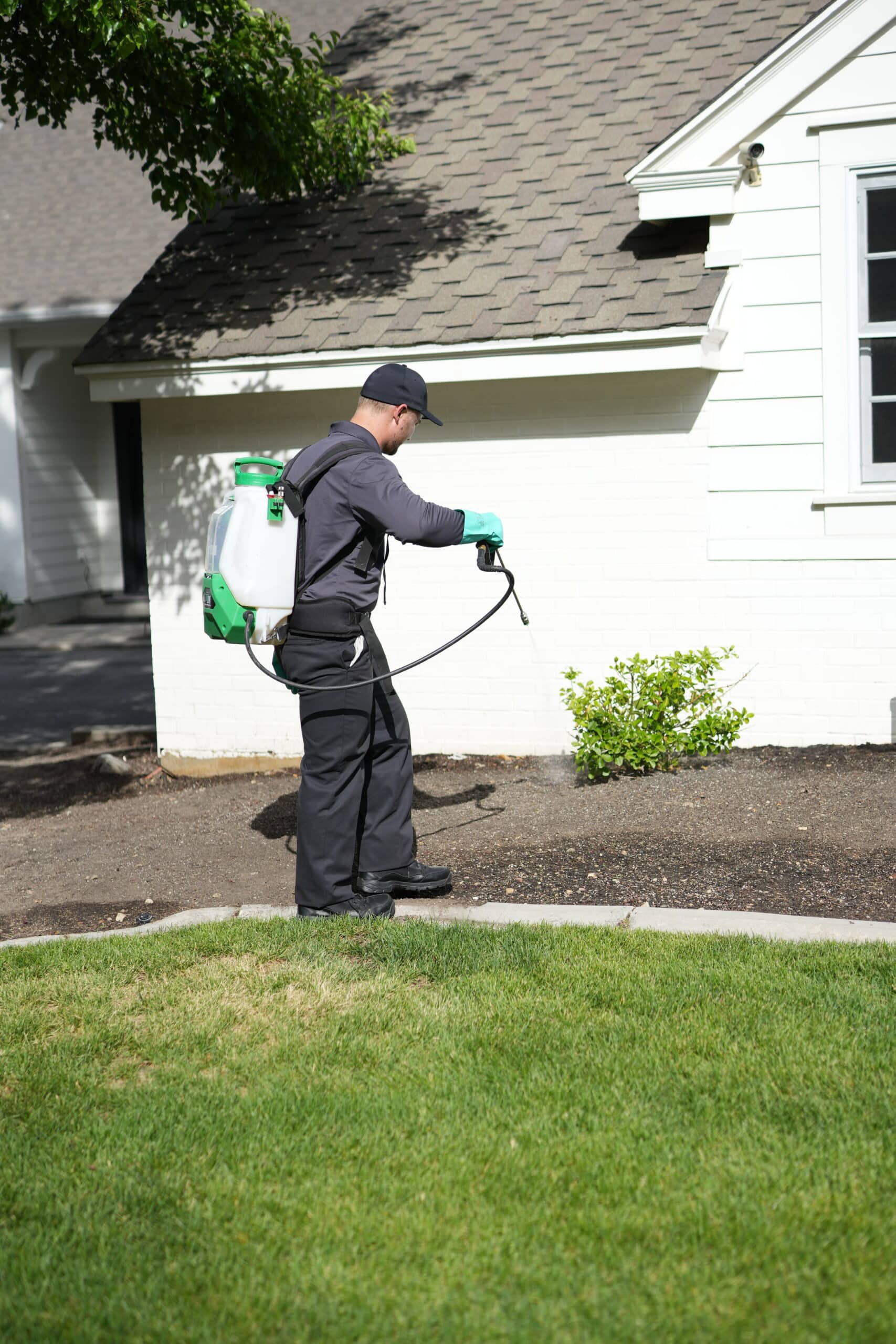Spider Pest Control
hawx is always reliable. always innovative.
20,000+ 5-STAR REVIEWS
“Connors Trader went the extra mile to make sure he listened to our needs regarding the ant problem we had.”
- Larry
“He sprayed indoors and out, swept my eaves for spider webs and took care of a couple of wasp nests.”
- Rick
“He even sprayed on my deck, which no one else has done.”
- Sue
Guide to Spider Pest Control Treatments
Although spiders do have some good qualities (they can help control other pests), a severe spider infestation or the presence of a dangerous species can pose problems for homeowners. Many people wonder if experts can actually get rid of spiders, and are unsure if they should call the pros for spider pest control assistance. The good news is that professional pest control services can be very effective for spiders. In this post, you’ll learn about professional spider control services to get an idea of the methods and strategies technicians might use.
What is the best pest control method for spiders?
The best methods of pest control for spiders depend on the specific species. That’s why spider treatment begins with a professional inspection of your home and yard. Pest control technicians will locate webs and identify which spider species are in and around your home. They will then use that information to create a customized spider control plan based on your specific needs.
For many species, technicians will remove webs before they try to fumigate for spiders. Professionals have special tools to safely access webs in hard-to-reach areas like tall trees or beneath roofs.
How does spider treatment work?
Spider pest control treatment starts with making spiders’ living areas less welcoming. After removing webs, technicians will usually apply a spray to areas where the webs were and places where spiders may build webs in the future. Technicians will often use a dust-based product to fill cracks, gaps, and other small spaces where spiders may enter your home. Finally, a liquid or granular product may be applied to the entire perimeter of your house for extra protection.
Immediately following treatment, you may see more spiders than usual, as they have been forced to leave their homes to search for new living areas. Over the following days and weeks, you’ll notice fewer and fewer pests as the pest control treatments take effect.
For dangerous spider species like the brown recluse, special precautions must be taken to protect you, your family, and even the pest control technicians themselves. Like treatment for other spiders, brown recluse control usually includes liquid or granular products. Technicians will also typically develop a prevention plan that includes some measures you can take to reduce the risk of the brown recluse returning in the future.
How much does professional spider treatment cost?
The cost of home spider control will depend upon the size of your home, the square footage of your property, the severity of the infestation, and the species of spider. Treating dangerous species like the brown recluse or black widow will usually cost a little more.
Can Hawx Pest Control help me get rid of spiders?
Hawx Pest Control uses only high-quality products, state-of-the-art technologies, and the best tools to successfully address spider infestations. Our highly-trained, licensed pest control technicians will conduct a complete inspection of your property, remove spider webs from your home, and apply treatments to manage spiders based on the specifics of your location and the nature of the infestation. We also share spider control tips you can use yourself to help reduce the number of pests you see in the future.
Once we perform spider pest control treatments, you can access a full report complete with photographs that detail exactly how we addressed the problem via the Hawx mobile app. Call for your free estimate today.
Get $150 Off Spider Service
Read more about spiders

An Inside Look at Different Jumping Spider Species
An Inside Look at Different Jumping Spider Species Jumping spiders are a marvel of nature – tiny, yet so versatile; small, yet so fascinating. With

A Closer Look at Nature’s Graceful Giant Huntsman Spider
A Closer Look at Nature’s Graceful Giant Huntsman Spider You’re sitting at home, enjoying a cup of coffee first thing in the morning, when suddenly,

Spider Bite or Something Else? What Does A Spider Bite Look Like
Spider Bite or Something Else? What Does A Spider Bite Look Like Have you ever woken up with a red, itchy bump on your skin




